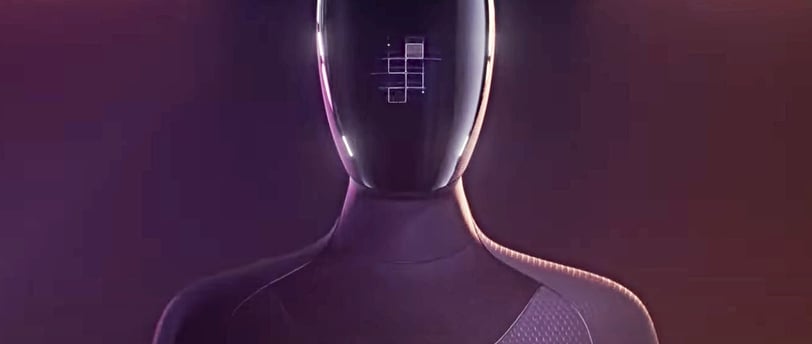Companies have tried and failed to create useful humanoid robots for decades. Is that all about to change?
Figure.ai Raises $70M for humanoid robot development. Is it finally time for useful humanoid robots?
https://arynews.tv/figure–ai-humanoid-robots
Organizations have been chasing the elusive humanoid robot for a long time. NASA started its Robonaut (R1) project in 1997, releasing various versions of a humanoid torso envisioned for extravehicular activity (EVA) on the ISS. The torso was highly dexterous so as to be able to performing servicing operations. Control was largely through teleoperation. What it showed, however, was that creating a kinematic structure that approximated the dexterity of a human (albeit just the upper-body and for millions of dollars) was possible, even back then. Commercial companies made progress as well, initially focussing on entertainment. Honda spent millions on ASIMO, which did parlor tricks pretty well, sometimes. Sony, and Toyota followed suit (Toyota’s Partner robot’s parlor trick was to play the trumpet). Boston Dynamics has been building impressive humanoids for years, yet the jury is still out on their ability to find product/market fit (i.e. adding meaningful value that produces a significant ROI) for applications outside of entertainment.
There is not doubt that humanoid robots that can perform dexterous operations like humans, would be extremely valuable. But building them turns out to be very very very hard. Humans fuse sensory information from many sources when performing even the simplest of manipulation tasks. Just picking up a tool requires use of vision, multiple tactile/force feedback modalities in the hand, a model of how gravity works and the tools physical properties, a model of how our body moves, and the ability to coordinate over 200 joints to achieve the goal of picking up the tool–all with the understanding that you will likely have to course-correct, mid-stream, many times. These are largely software challenges since the hardware, especially today, is getting to the point where it can be commoditized at volume.
This throws the problem back to the software and algorithm folks, and this time may, in-fact, be different. The progress of AI over the last five years (and LLMs even more recently) gives hope that some of the difficult sensor fusion and coordination problems can be learned versus programmed. In fact Google Research has been doing great work on this for years, and is having a lot of success with PaLM-SayCa. It’s still early and applying a learning model to a robot with, perhaps 100s of degrees of freedom will take time. But progress has been very fast. With good hardware now becoming available, who knows where we’ll be in five years. It will certainly be interesting to watch!

